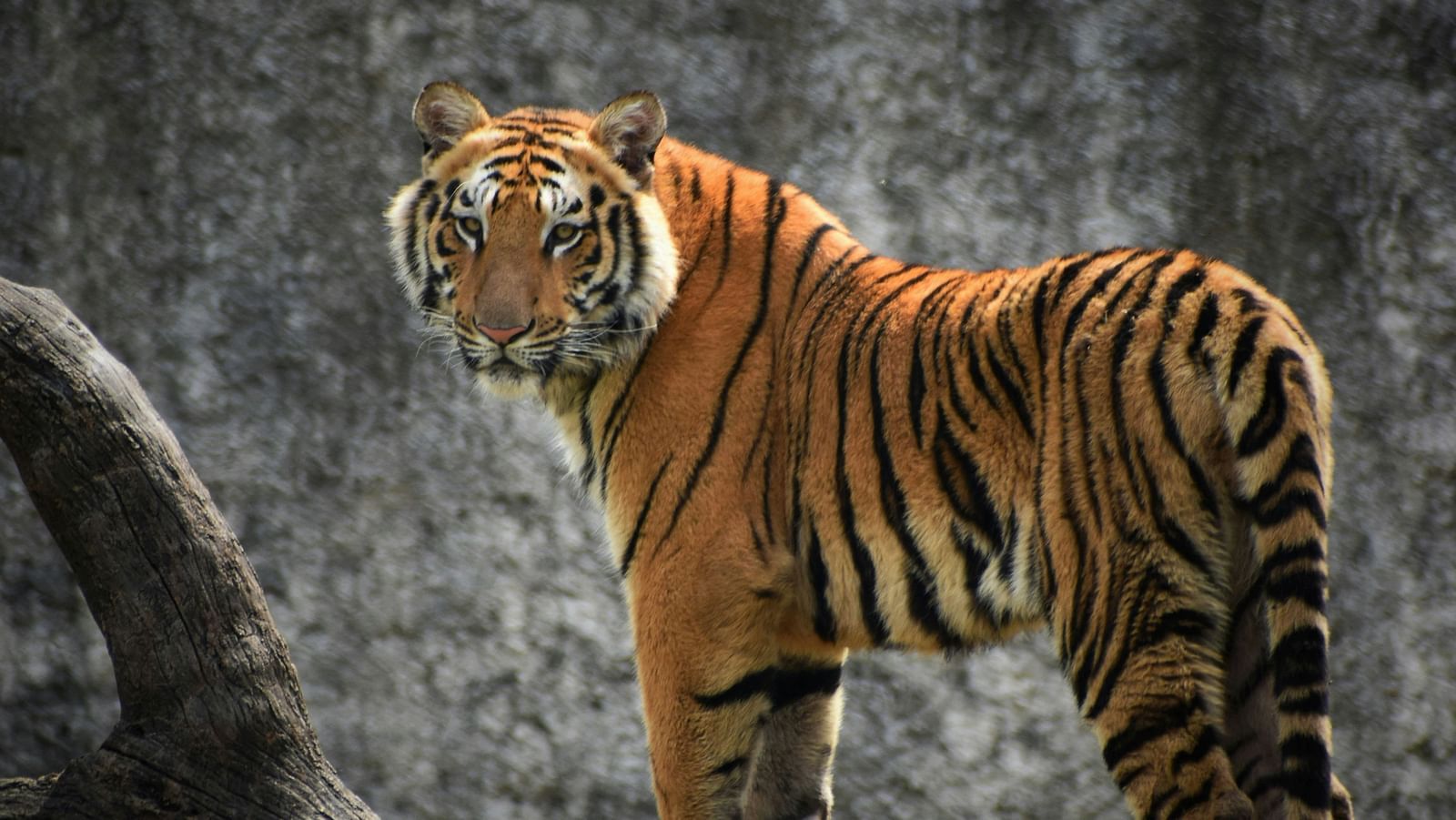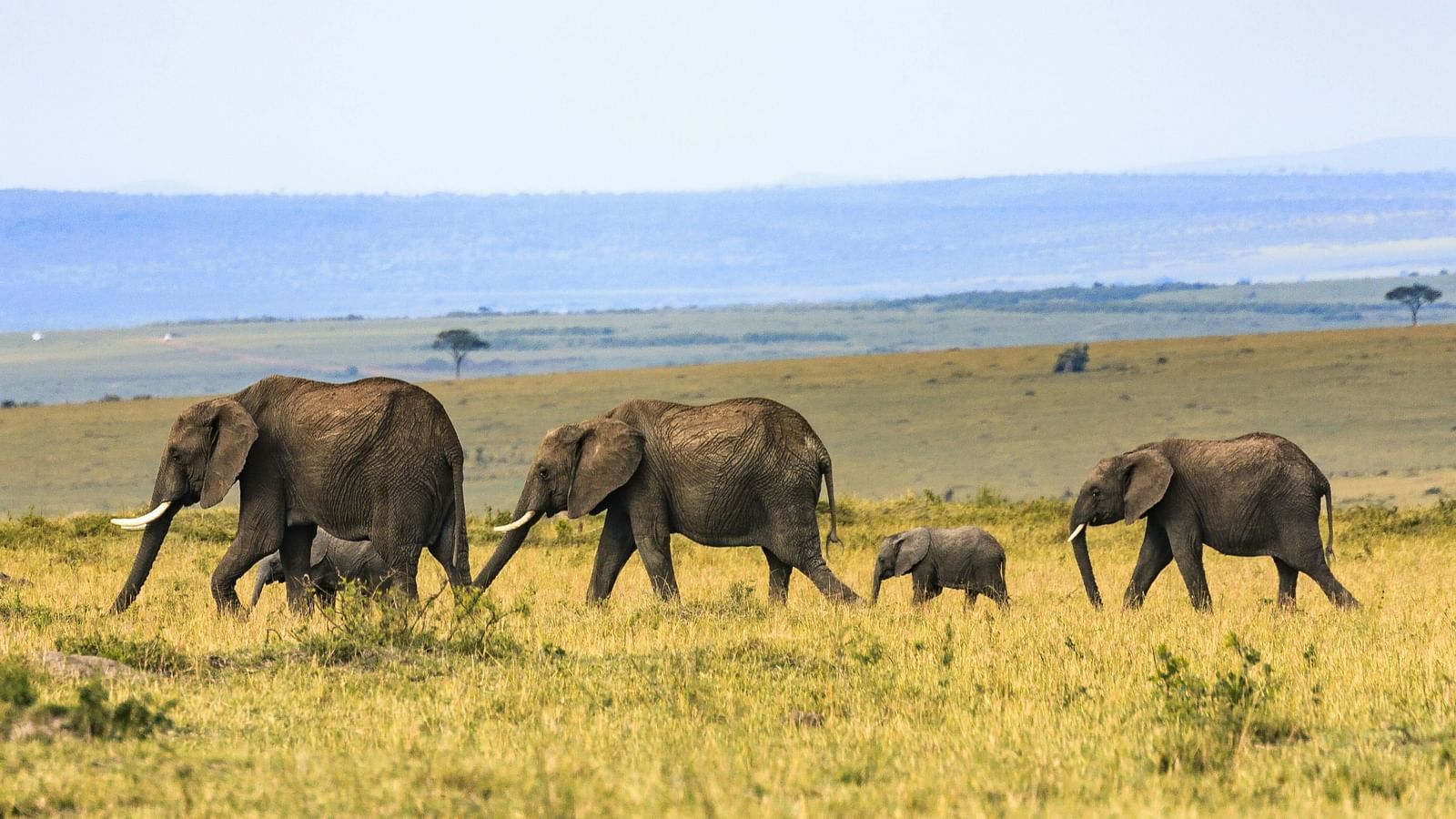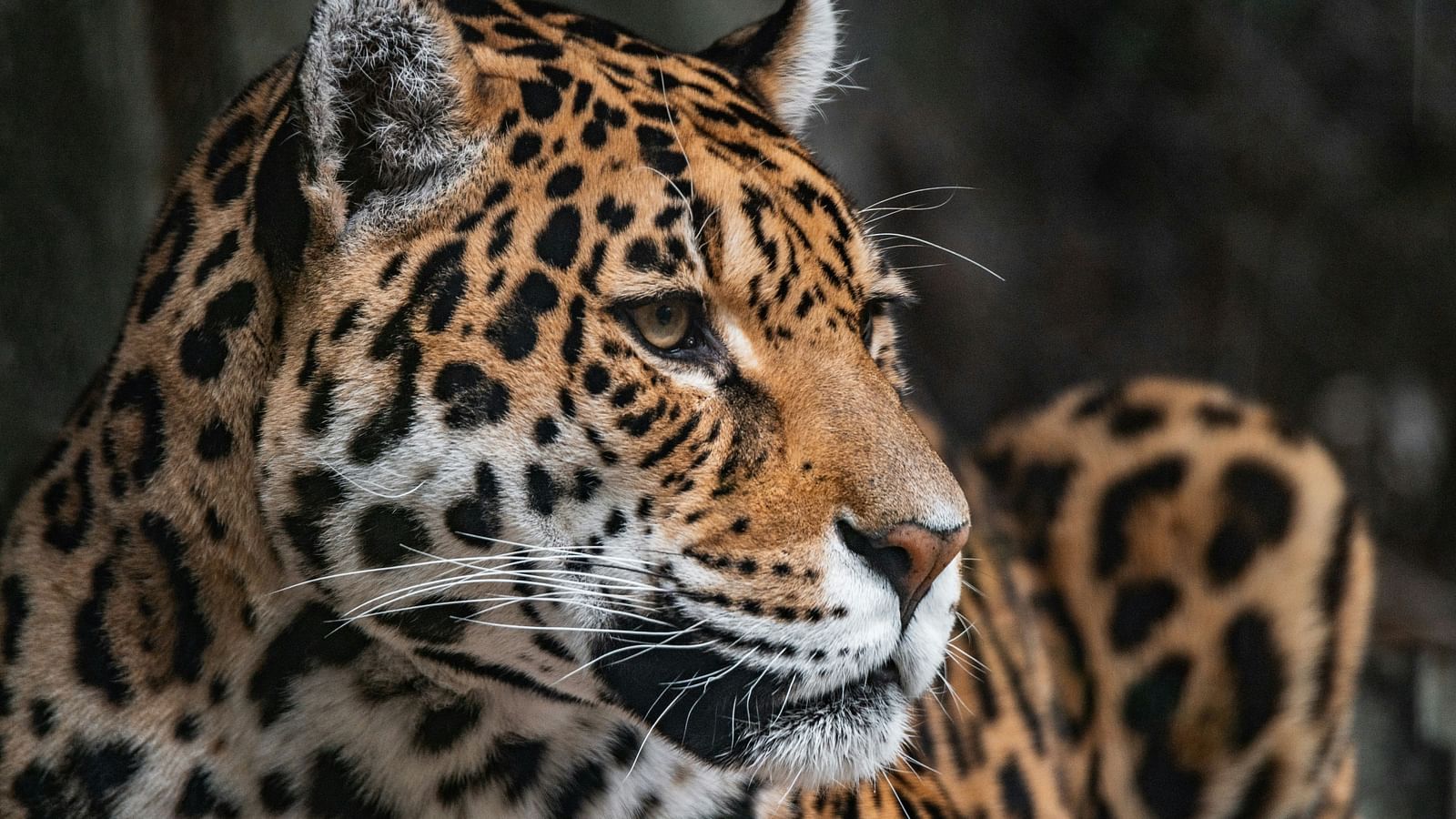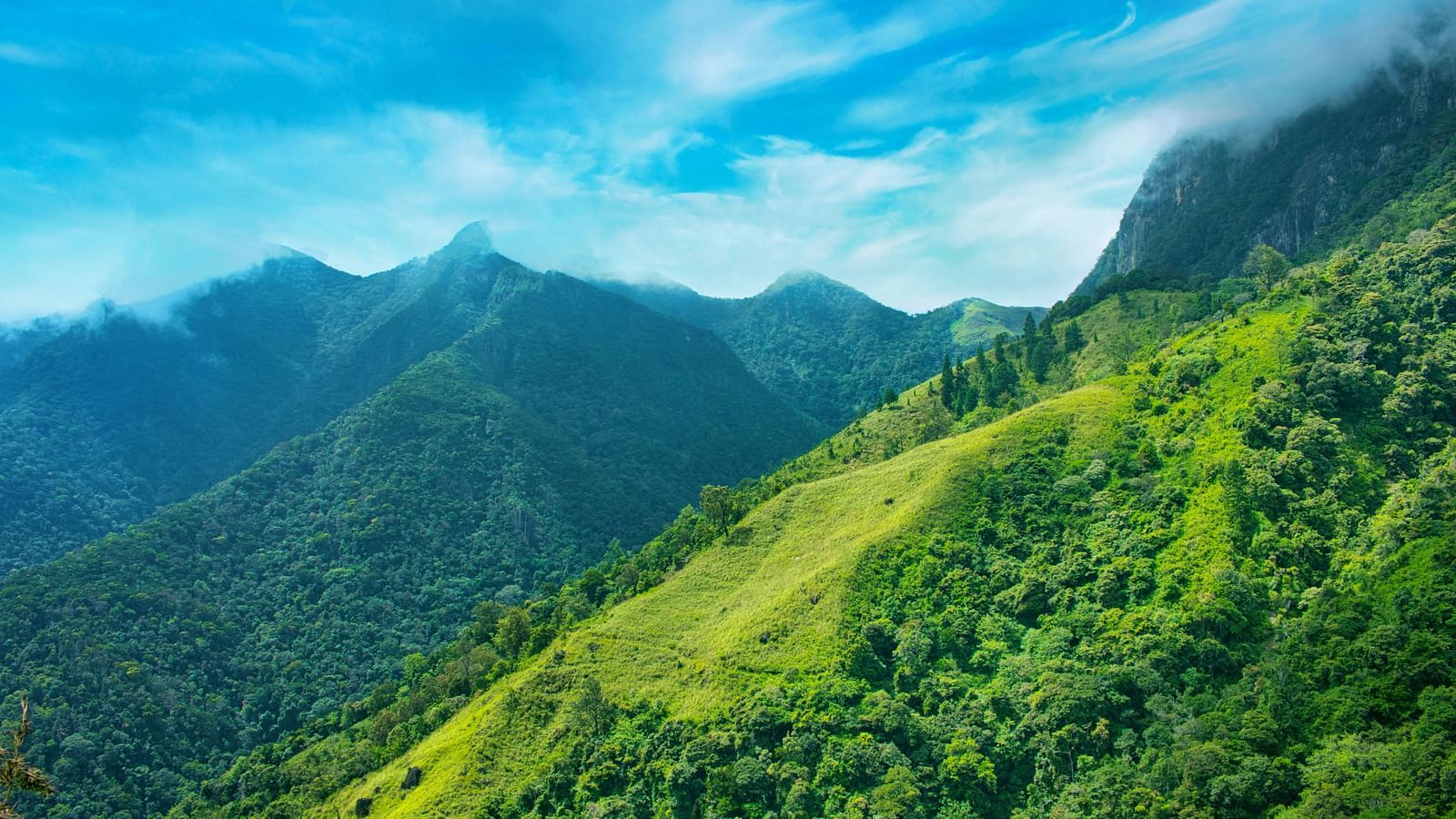Home > Tourist Attractions > Bandipur National Park: A Jewel of Karnataka's Wildlife Heritage
- Mysore: The City of Palaces
- Srirangapatna: An Island Fortress Steeped in History
- Bandipur National Park: A Jewel of Karnataka's Wildlife Heritage
- Nagarhole National Park: Where the Serpent River Flows
- Coorg: Where History Meets Nature in the Western Ghats
- Ooty: Queen of the Hills
- Brindavan Gardens: A Symphony of Nature and Engineering
- Male Mahadeshwara Hills: Where Spirituality Meets Nature
- Shivanasamudra Falls: Where the Kaveri Roars
- Talakadu: A Town Lost in Sand, Rich in History
- Melkote: Where History and Spirituality Converge
- K Gudi Wilderness Camp: Where Adventure Meets Tranquility in BR Hills
- Himavad Gopalaswamy Betta: A Hilltop Temple Shrouded in Mist and Legend
- Venugopala Swamy Temple: A Resurrected Architectural Gem
- Kere Thonnur: A Tranquil Lake Town with Ancient Temples
- Payana Car Museum: A Journey Through Automotive History in Mysore
- Nanjangud: The Dakshina Kashi of the South
Bandipur National Park: A Jewel of Karnataka's Wildlife Heritage
A Royal Hunting Ground Turned Sanctuary
A Biodiversity Hotspot
Bandipur is renowned for its diverse wildlife, including:
Majestic Tigers
As a crucial tiger reserve, Bandipur plays a significant role in the conservation of this endangered species. Lucky visitors might catch a glimpse of these magnificent creatures during a safari.
Elephant Herds
The park boasts a significant population of Indian elephants, often seen roaming in herds across the park's varied terrain.
Other Wildlife
A variety of other animals call Bandipur home, including leopards, dholes (Indian wild dogs), gaurs (Indian bison), sloth bears, sambar deer, and many more.
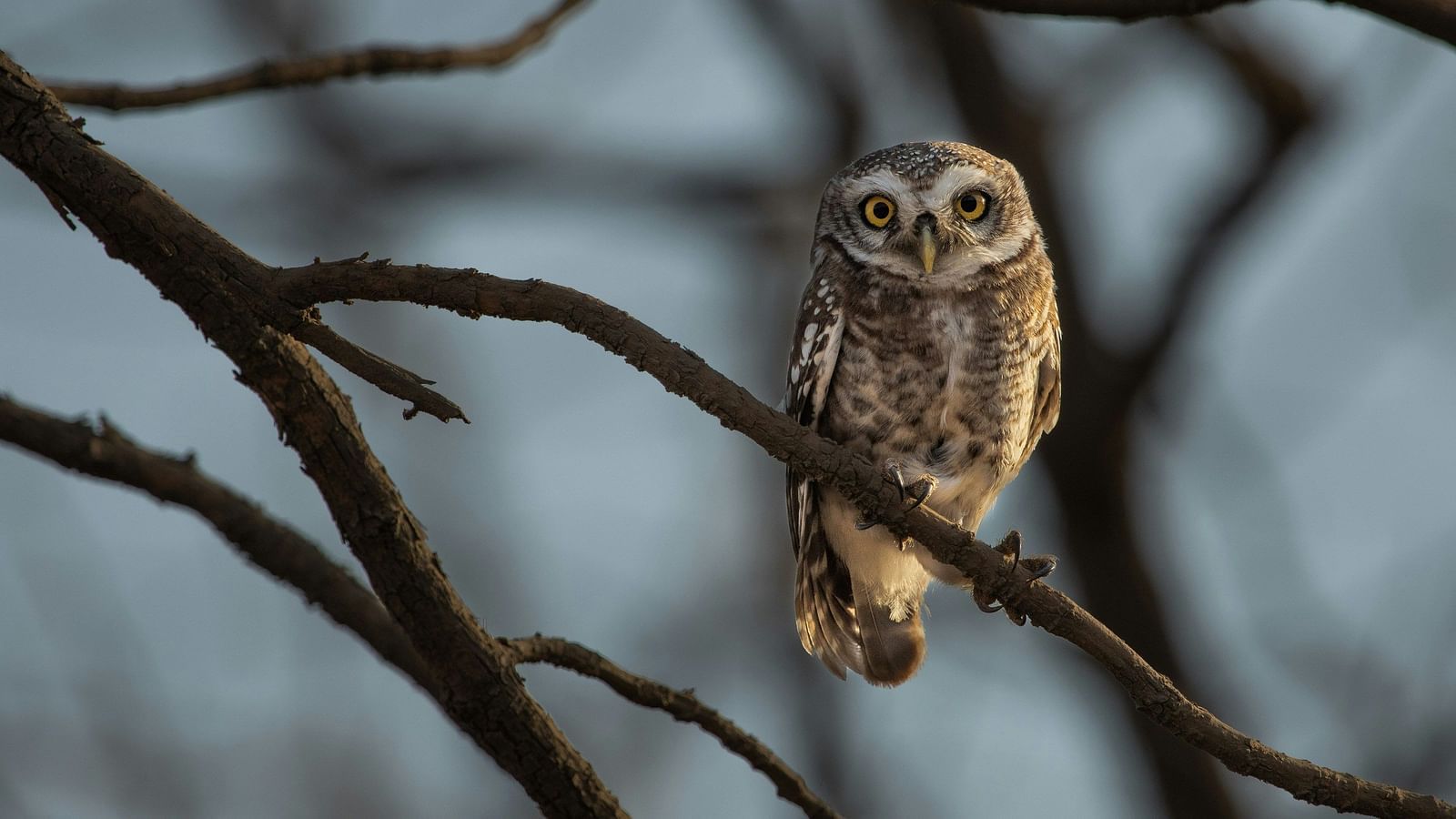
Avian Paradise
Over 200 species of birds can be found in Bandipur, making it a delight for birdwatchers.
Flora and Landscape
Monuments and Historical Sites
While Bandipur is primarily known for its wildlife, there are a few places of historical interest within or near the park:
Facts and Figures
Established:1974
Area: 874.2 Sq.Km.
Project Tiger Reserve:Since 1973
Part of Nilgiri Biosphere Reserve:A UNESCO World Heritage Site
- Best Time to Visit:October to May
